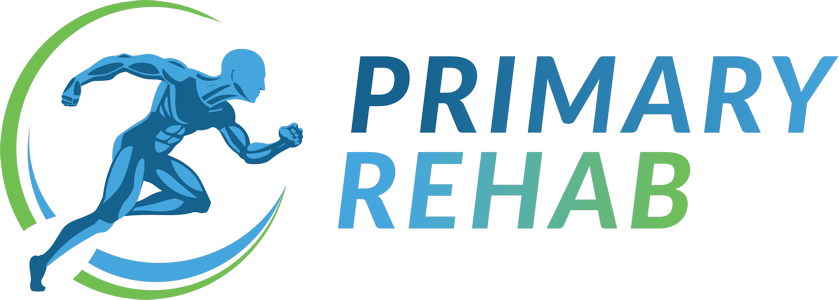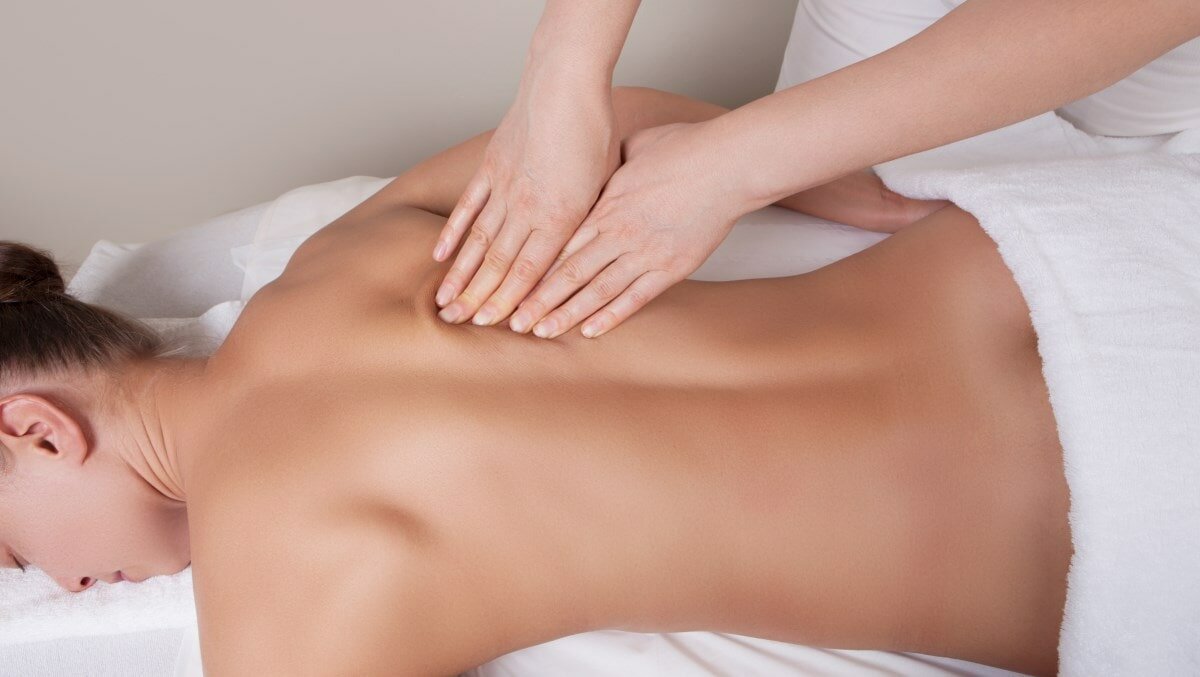More Than Just Relaxation: How Massage Aids Recovery
Massage therapy isn’t just about relaxation—it’s a powerful tool for injury recovery and pain relief. Whether you’re healing from a sports injury, recovering from surgery, or managing chronic pain, Registered Massage Therapy (RMT) plays a crucial role in rehabilitation.
Unlike spa massages, RMT is a regulated healthcare practice. According to the Registered Massage Therapists’ Association of BC, professional massage therapy improves mobility, reduces inflammation, and speeds up recovery.
What is Registered Massage Therapy (RMT)?
RMT is a specialized healthcare service focused on treating musculoskeletal issues. It goes beyond relaxation by addressing conditions like:
- Sports injuries – Strains, sprains, and overuse injuries.
- Chronic pain – Fibromyalgia, arthritis, lower back pain.
- Post-surgical recovery – Scar tissue management, mobility restoration.
- Nerve pain relief – Sciatica, carpal tunnel syndrome, neuropathy.
Registered Massage Therapists are trained in anatomy and clinical assessment, ensuring treatments are targeted and effective.
How Massage Therapy Helps Injury Recovery
Injuries trigger pain, stiffness, and inflammation. While rest is essential, massage therapy actively supports healing in several ways:
Boosts Blood Circulation
Good circulation is key to recovery. Massage improves blood flow, ensuring oxygen and nutrients reach damaged tissues faster, reducing swelling and promoting healing.
Prevents Secondary Injuries
When an injury limits movement, other muscles compensate, leading to imbalances and new pain points. Massage relaxes overworked muscles, helping maintain proper alignment and function.
Restores Mobility and Flexibility
Scar tissue and tight muscles can limit movement post-injury. Techniques like myofascial release and stretching improve range of motion, reducing stiffness.
Reduces Pain and Inflammation
Chronic pain often stems from inflammation and nerve compression. Deep tissue massage and trigger point therapy relieve pressure, easing discomfort.
Massage Therapy for Pain Management
Pain isn’t always from a single injury—it can stem from stress, posture issues, or chronic conditions. Massage provides a natural way to manage pain without heavy reliance on medication.
Activates Natural Painkillers
Massage stimulates the release of endorphins and serotonin, which naturally reduce pain and enhance relaxation. This is particularly beneficial for fibromyalgia and arthritis sufferers.
Relieves Stress-Related Tension
Stress can manifest as muscle tightness in the neck, shoulders, and jaw. Massage therapy helps release built-up tension, preventing it from turning into chronic discomfort.
Eases Nerve Pain
Conditions like sciatica and carpal tunnel syndrome often involve compressed nerves. Massage therapy improves circulation and relieves pressure, helping with sharp or radiating pain.
Effective Massage Techniques for Recovery
Different injuries require different approaches. RMTs use techniques tailored to specific needs:
- Swedish Massage: Improves circulation, reduces stiffness.
- Deep Tissue Massage: Targets chronic pain and muscle knots.
- Trigger Point Therapy: Focuses on relieving localized muscle tension.
- Myofascial Release: Enhances mobility by stretching connective tissue.
Massage Therapy as Part of a Rehab Plan
Massage works best when combined with other treatments like chiropractic care, physiotherapy, and exercise therapy:
- Chiropractic Adjustments: Massage loosens muscles before spinal adjustments for better results.
- Physical Therapy: Aids flexibility and recovery alongside movement-based therapy.
- Exercise Therapy: Reduces soreness and helps maintain mobility during rehabilitation.
For example, someone recovering from knee surgery might start with massage to manage pain and swelling before progressing to strengthening exercises.
When to Get Massage Therapy
Massage therapy is most effective at specific stages of recovery:
- Post-Inflammation: Once initial swelling subsides, massage supports deeper healing.
- During Rehab: Regular sessions prevent stiffness and aid recovery.
- For Chronic Pain: Helps manage conditions like arthritis or tension headaches.
Always consult a healthcare provider before starting massage therapy, especially for recent fractures or medical conditions requiring special care.
Conclusion: Smarter Recovery with RMT
Registered Massage Therapy is a science-backed approach to pain relief and rehabilitation. Whether recovering from an injury, managing chronic pain, or aiming for better mobility, incorporating massage into your treatment plan can make a significant difference.
Looking for expert-guided recovery? Primary Rehab offers professional treatment to help you heal efficiently. For further insights into the benefits of massage therapy, check out the RMTBC Magazine.

